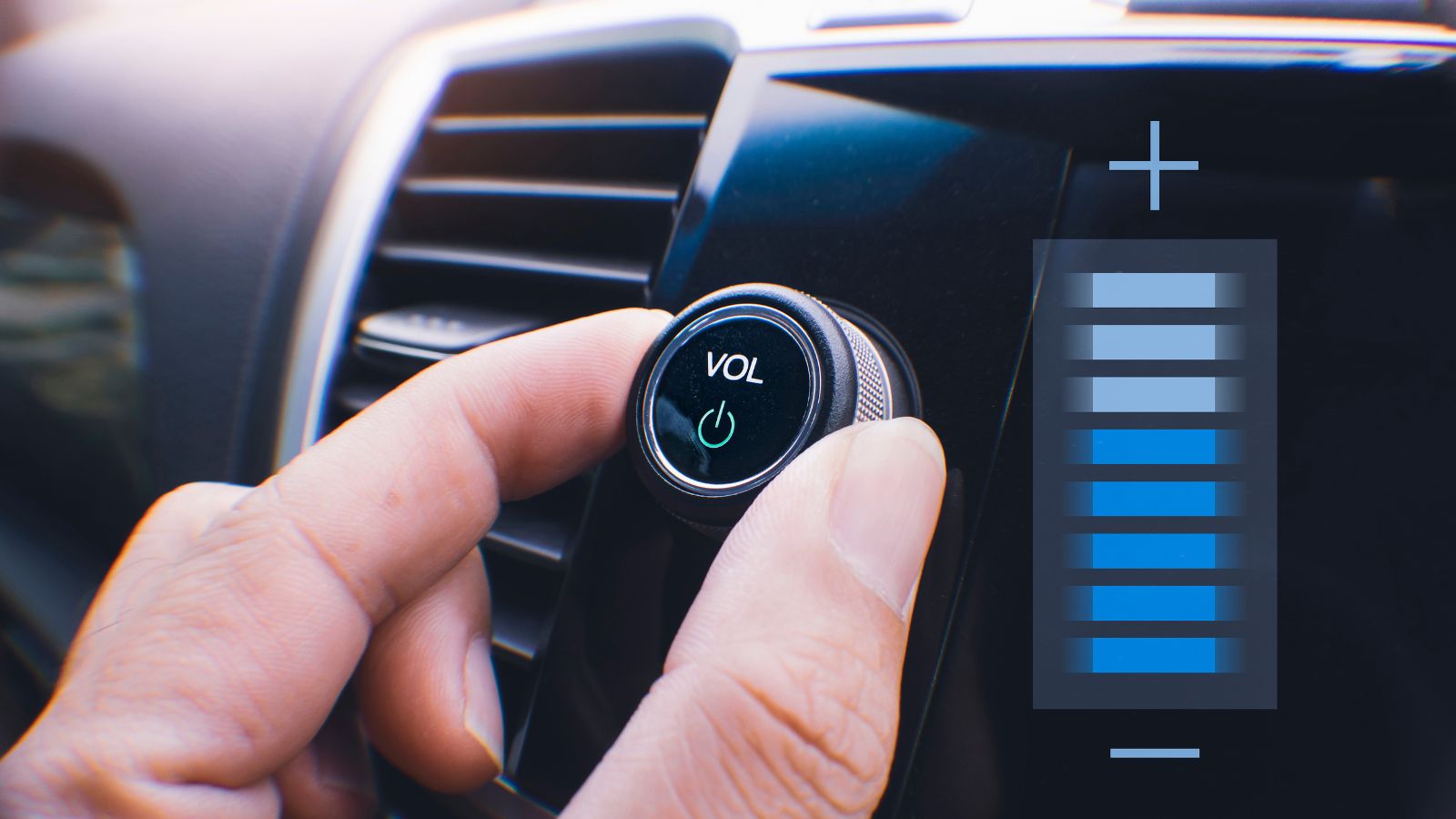If you’re always wondering what speed-compensated volume is, then you’ve come to the right place. This article will be able to explain everything you wanted to know about how a speed-compensated volume works. Keep reading.
Table of contents
What is Speed-Compensated Volume?
Speed compensated volume (also known as “Speed Volume”) is a feature of your vehicle’s audio system that automatically adjusts the volume level of your radio, CD players, or audio players based on the speed at which you are traveling.
By using this feature, you can listen to music at a consistent volume level no matter how fast or slow you are driving.
If your vehicle has this feature, it will be listed in the owner’s manual under either “Speed Volume” or “Speed Compensated Volume.”
How does speed compensated work?
Speed adjusted volume is a feature that modifies the volume of your sound system in response to changes in your speed. It is built so that you won’t need to increase the volume or decrease it depending on how quickly or slowly you are moving.
Speed compensated volume is not available on all vehicles. If this feature is available in your car, you’ll see a “Speed Compensated Volume” button on one of the audio system’s menus. When you use these features, the audio will automatically adjust its volume based on how fast you’re driving.
For example, if you’re driving at 50 miles per hour (mph), then pressing this button would set your radio/music so that it plays at normal volume — no louder and no softer than usual. If you were to then increase your speed to 60 mph, pressing the same button again would push the volume up so that it sounds
much louder than when you were driving 50 mph.
In addition to adjusting the volume to compensate for changes in speed, a car with speed-compensated volume also adjusts bass and treble levels to compensate for changes in road surfaces and ambient noise levels.
How do you adjust the speed-compensated volume?
Adjusting the speed-compensated volume is a simple process that can be done in a few easy steps. The process will vary slightly depending on the type of sound system being used, but the general steps to follow are similar across the board.
Step 1: Find the volume control setting on your sound system and set it to its highest level (or as loud as it can go).
Step 2: Adjust the speed compensated volume control until you reach optimum listening levels. If your device has a “mute” button, use this to test each adjustment you make until optimum levels are reached.
Step 3: Once you have adjusted the speed-compensated volume control to your liking, leave it alone and enjoy your music!
Can you turn off speed-compensated volume control?
Yes, you can turn off speed compensated volume control features in your car. But not all cars have this feature, and not all drivers are aware of it.
The reason is that the volume control system in a car is a safety feature, and it’s there to protect the driver from getting distracted by sound while driving.
The first step to turning off speed compensated volume control is to find out if your car has it at all. To do that, you’ll need to check the owner’s manual for your particular vehicle, or call up a dealership service department and ask them what they know about it. If they don’t know what you’re talking about, then it’s likely that your car does not have this feature.
If your car does have speed compensated volume control features enabled (you should be able to tell by looking at the stereo).
Speed compensated volume pros and cons
Speed compensated volume is a feature that can be found in a lot of vehicles nowadays. It allows you to set the maximum volume for your radio and then it automatically lowers the volume as you accelerate and raises it when you slow down.
The pros and cons of this feature are as follows:
Pros:
- It allows you to set your vehicle’s volume at a certain level and then automatically adjust that level depending on how fast you’re going. The result is that the music will be quieter when driving slowly and louder when accelerating quickly. This can be very useful if you like to listen to music while driving, but don’t want to constantly adjust your stereo settings.
Cons:
- While this feature is great for safety reasons, some people might not like it because they like their music loud enough that they can hear it over road noise. This could lead to them having to turn their music up more than they want, which would defeat the purpose of having this feature in the first place!
Conclusion
Speed compensated volume has been a useful feature in automobiles since it was introduced, as car manufacturers integrate more sophisticated sound systems into their vehicles, it only makes sense to include this feature. Look for this feature in your next vehicle—it may be the peace you need!

Thomas is a retired motor mechanic, father, and grandfather. He writes from his 20+ years in the automotive industry to help you find and solve anything related to car repairs, maintenance, and care.
